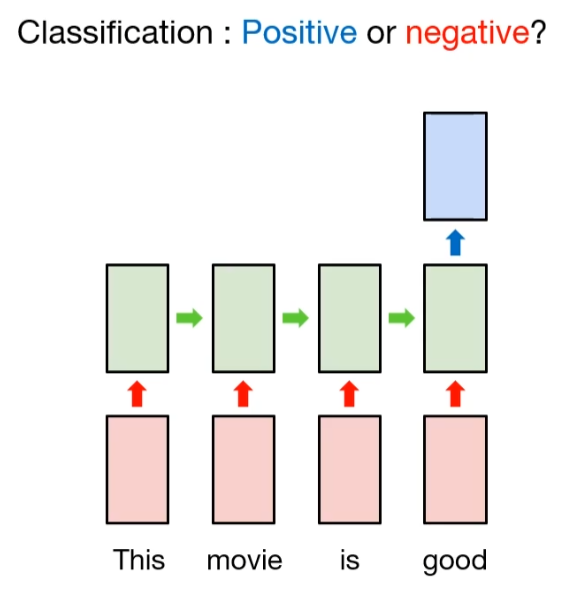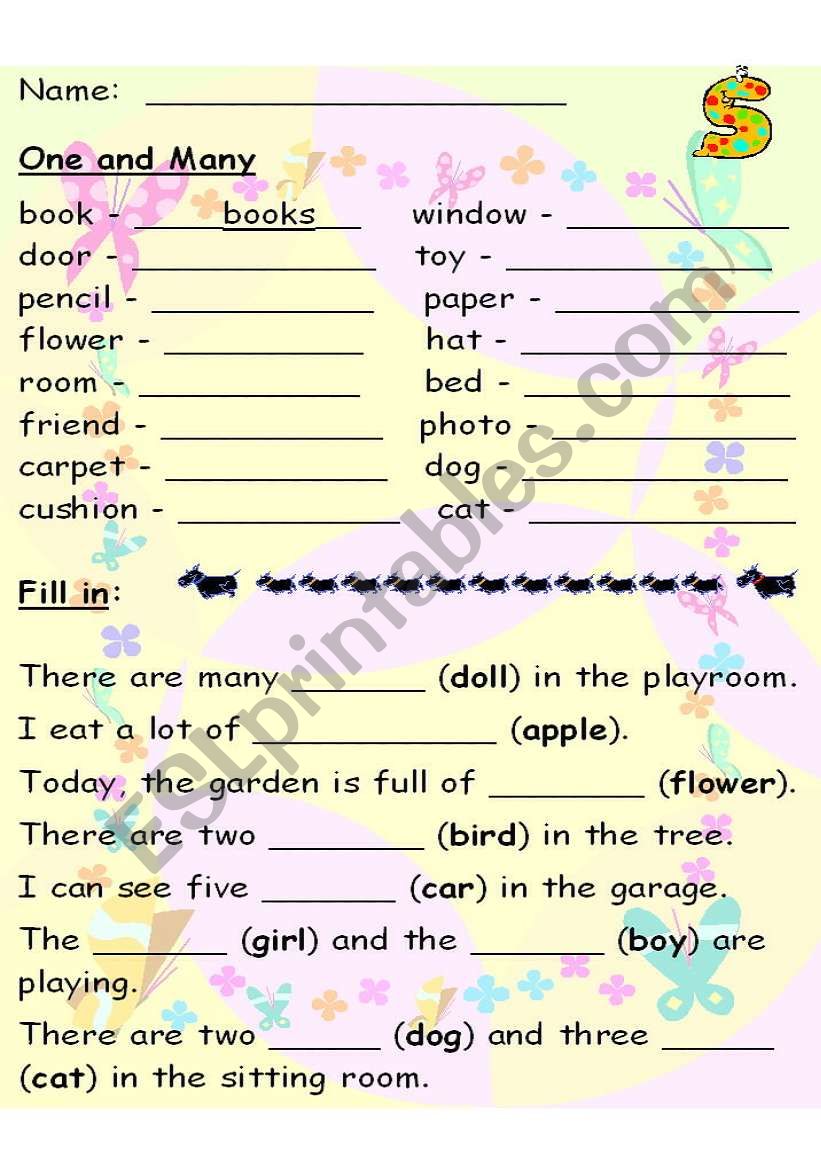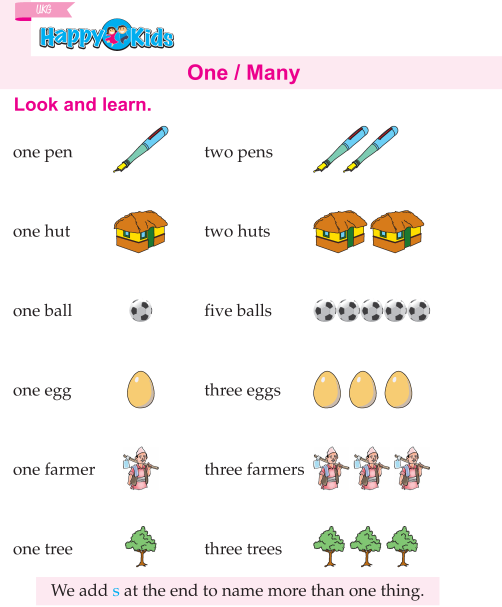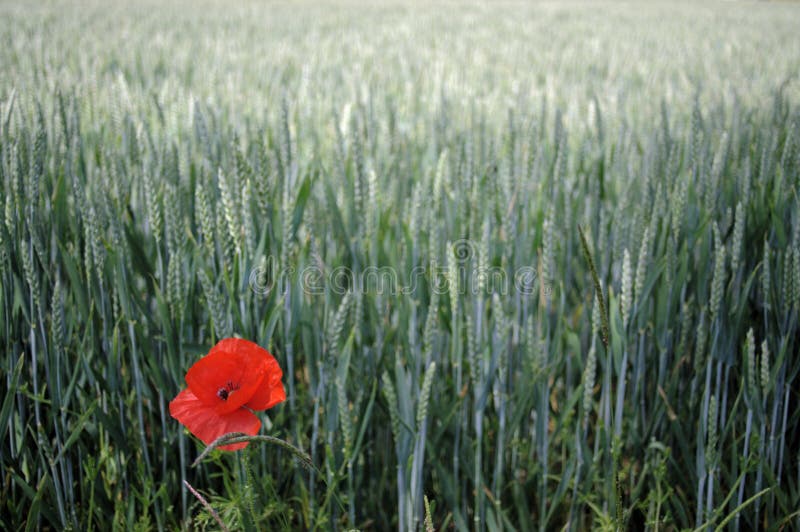
One clipart many, Picture 1780307 one clipart many
Many - English Grammar Today - a reference to written and spoken English grammar and usage - Cambridge Dictionary

RNN Manytoone Chan`s Jupyter
The Childhood of Jesus Storytime with Marilynn Ward 196 views 11 hours ago Let's Learn One and Many (Singular and Plural ) through this animated video.About us: We are a social enterprise.

View Worksheet One And Many Pictures Background
1 Answer. Sorted by: 3. She was one of many can stand on its own, meaning that there were many other people in a similar situation. She was one of the many normally requires a continuation to state what that situation was, for example "She was one of the many who were finding life difficult at that time". Share.

Number (One many) YouTube
Pronoun Noun One and Many One and Many - Questions Download Free Printable Worksheets on 'One and Many' One and Many Nouns that name only one thing are called singular. Example: girl, boy, apple, mango, cup etc. Nouns that name more than one thing are called plural. Example: boxes, classes, dogs, shops etc.

Bayu Pratama's Entity One to One, One to Many, dan Many to Many
8 Answers Sorted by: 402 Looks like everyone is answering One-to-many vs. Many-to-many: The difference between One-to-many, Many-to-one and Many-to-Many is: One-to-many vs Many-to-one is a matter of perspective. Unidirectional vs Bidirectional will not affect the mapping but will make difference on how you can access your data.

One to Many Relationship Cardinality in DBMS » PREP INSTA
1 Moudrick, you shouldn't have posted a new question; you should have revised your previous question. In answer to your latest question, both someone and somebody are pronouns that, grammatically, refer to singular subjects/objects.

from one (many) YouTube
The one can be a separate whole, or it can be the sum of things in their analytic or synthetic wholeness; that is, it can be a transcendent one, which is the ground of all being, or it can be an immanent one.

One and many nouns
One-to-Many is the most commonly used relationship among tables. A single record from one table can be linked to zero or more rows in another table. Let's take an example of the Employee and Address table in the HR database. The Employee table stores employee records where EmployeeID is the primary key.

One vs many Royalty Free Vector Image VectorStock
An Entity Relationship Diagram (ERD) is a type of diagram that lets you see how different entities (e.g. people, customers, or other objects) relate to each other in an application or a database. They are created when a new system is being designed so that the development team can understand how to structure the database.

Duivendijk Many One
one-many: [adjective] constituted so that if the first term is given any of many things can be the second term whereas if the second term is given only one thing can be the first term — compare many-one, one-one.

onemany Liberal Dictionary
Daniel Watts This paper reexamines Kierkegaard's work with respect to the question whether truth is one or many. I argue that his famous distinction between objective and subjective truth is grounded in a unitary conception of truth as such: truth as self-coincidence.

One To Many Clipart Clipart
One of the "founders" of quantum mechanics. Niels Bohr, saw the wave-particle dual nature of quantum mechanics as connected to many other philosophical dualisms. We have compiled a semi-chronological list of various philosophical terms used through the ages that seem highly correlated with the fundamental ideal-material duality.

Contoh Erd One To Many Diagram IMAGESEE
A one-to-one function is also called an injection, and we call a function injective if it is one-to-one. A function that is not one-to-one is referred to as many-to-one. The contrapositive of this definition is: A function f: A → B is one-to-one if x1 ≠ x2 ⇒ f(x1) ≠ f(x2) Any function is either one-to-one or many-to-one.

One among many stock photo. Image of ears, desire, inspire 1293438
The 2 first relations, One and Many, have an unspecified lower bound. So when using them you leave an ambiguity of whether they are mandatory or optional. This ambiguity is useful in modeling, in order to cope with one or several of the following circumstances: . lower bound could be temporarily undefined, for example during the design phase, when all business rules are not yet clear.

ONe Many box seat experiments
Abstract and Figures. It is contended that Individualism is something more than one of the poles of the I-C dimension. Furthermore: a) its meaning cannot be reduced to that of a mere self-ingroup.

Many Festivals One Name Bihu, Lohri, MakarSankranti, Pongal Superbart Festival One, Happy
However, if one wants to make "(or many!)" a parenthetical remark, should that affect the agreement of the noun? The latter form "one (or many!) things" seems correct when read out loud, but the structure "one (.) things" seems strange to the eye. Alternatively, would "one thing (or many!)" be an appropriate way to escape from this situation?